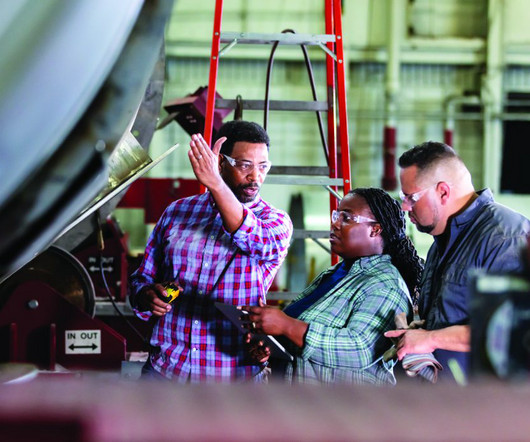How Innovation Is Completely Different in Established Organizations than in Startups
Leading Blog
JULY 25, 2019
Their greatest fear is no longer their closest competitor, but the startups which, although they live in metaphorical garages and have hardly taken off, have an innovation power that established organizations can only dream of possessing. The Three Tracks of Innovation. Optimizing innovation: Improving the past.







































Let's personalize your content